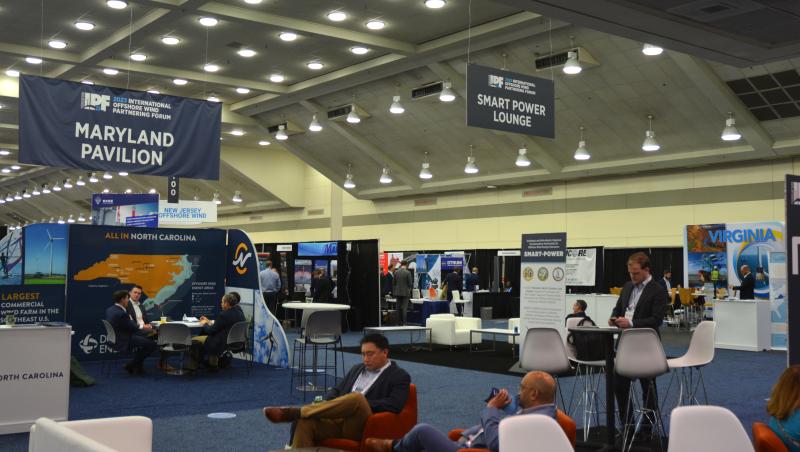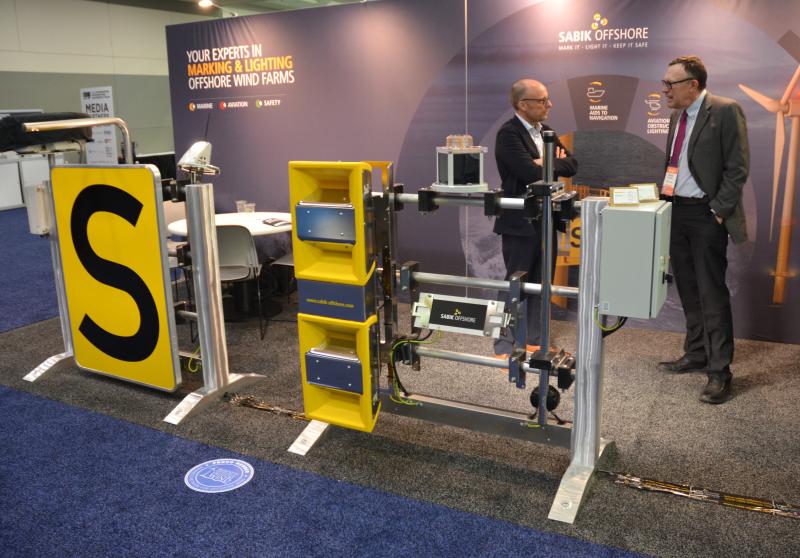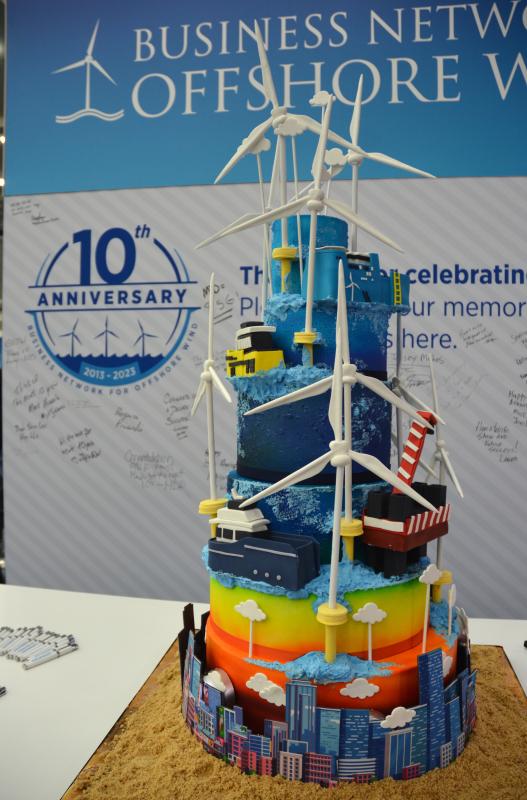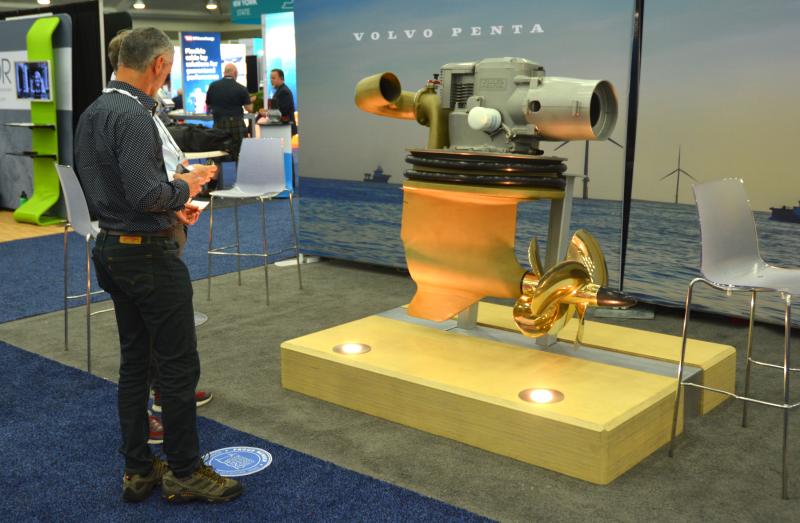Excitement, concerns facing wind farm industry
Over the course of the past few years, there have been several information sessions and public hearings in the Cape Region related to the various issues surrounding offshore wind farms slated to be built due east of Delaware’s beaches.
Typically, the topics discussed at those events are focused on issues likely to affect coastal Delaware the most – a change in the viewshed; the cost of power to customers; where the cable connecting the wind farms to the grid is going to come ashore; potential loss in tourism revenue; the health and safety of marine animals. Those issues aren’t just real here in Delaware – they’re real for all the people living in the states along the coast from Maine to the Carolinas.
Answering those issues over the coming years won’t be easy. However, it appears they’re going to have to be answered, because as part of the Inflation Reduction Act, President Joe Biden has made federal funding and program incentives a priority for wind power developers and manufacturers who invest in the industry.
Even with federal government support, implementing an offshore wind power program in the United States won’t be easy, and it doesn’t even have to do with the issues being discussed locally. That was the message taken away from the late-March 2023 International Offshore Wind Partnering Forum at the Baltimore Convention Center.
Hosted by the Business Network for Offshore Wind, over the course of three days, thousands of professionals in the offshore wind industry, representing dozens of countries, gathered to discuss issues facing the industry. There were ideas and concerns shared about how the U.S. is going to have to write industry standards, build out the necessary infrastructure onshore, educate future industry professionals and build the offshore wind farms all at the same time if the country truly wants to meet renewable energy goals set for the not-too-distant future – the Biden administration has set a goal of 80% renewable energy generation by 2030 and 100% carbon-free electricity by 2035.
In an industry where there’s already high demand for the specialty equipment needed at every level of the project, the U.S. will be competing against those countries for supplies. Those countries have rules, regulations and standards already set in place.
There were a couple comments made about Delaware over the course of the day – one related to how small groups of citizens have a disproportionate amount of power to delaying or stopping projects; another about how there could be an opportunity for port expansion along Delaware Bay. North Carolina, Virginia, New Jersey and New York all had large booths set up on the exhibit floor. Next to them were huge international companies looking to create relationships – spend money – in the U.S.
Both companies looking to build wind farms off Delaware’s coast continue to push toward construction and power generation taking place within the next few years. There will undoubtedly be many more meetings to take place in that time on the local issues. It remains to be seen if all the issues will also be figured out by then.
Editor’s note: Reporter Chris Flood covers issues relating to proposed offshore wind farms. He recently attended the International Offshore Wind Partnering Forum in Baltimore.



Chris Flood has been working for the Cape Gazette since early 2014. He currently covers Rehoboth Beach and Henlopen Acres, but has also covered Dewey Beach and the state government. He covers environmental stories, business stories, random stories on subjects he finds interesting and has a column called ‘Choppin’ Wood’ that runs every other week. Additionally, Chris moonlights as the company’s circulation manager, which primarily means fixing boxes during daylight hours that are jammed with coins, but sometimes means delivering papers in the middle of the night. He’s a graduate of the University of Maine and the Landing School of Boat Building & Design.


































































